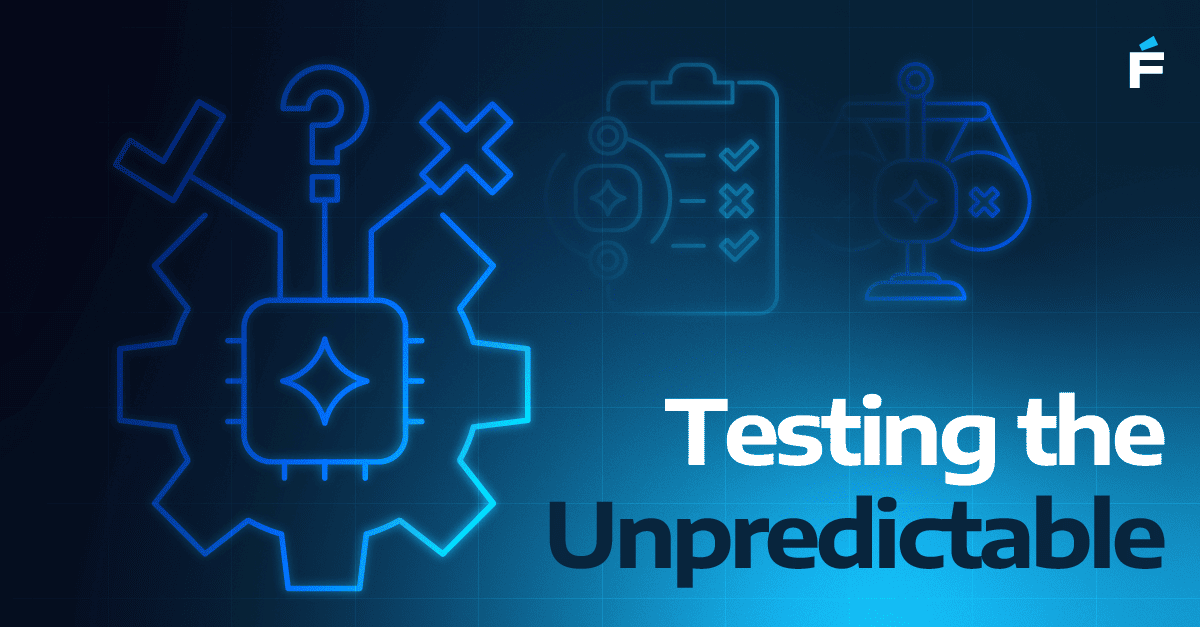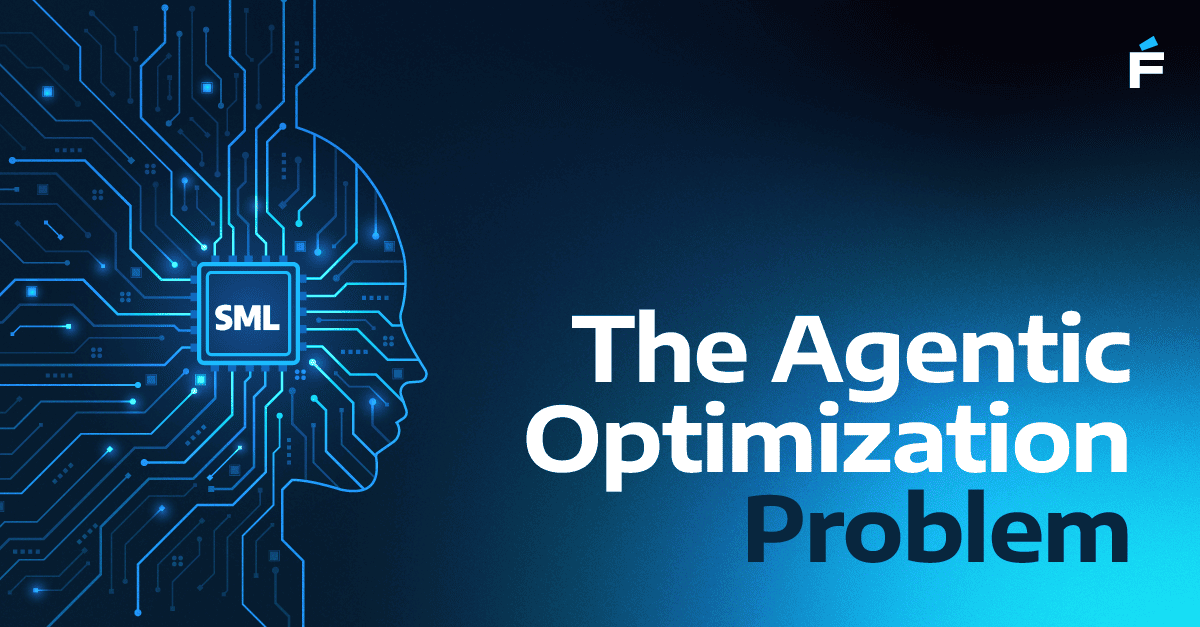The world is shifting. If you are a developer, you have two choices: integrate AI into your workflow or get outpaced by those who do.
In several science fiction depictions of the future, we see soldiers extend their capabilities with technology. A common depiction of this is some kind of mechanized suit or exoskeleton. They put them on, become stronger, move faster, and win battles that would’ve crushed them otherwise. AI is that suit for developers. It doesn’t replace you. It extends you.
The Arms Race Has Already Started
AI tools are evolving quickly, not just AI coding assistants like GitHub Copilot and Tabnine but full-scale AI-powered agents that automate debugging, refactoring, and even software development.
This isn’t about doing less work; it’s about doing 10x more, better, and faster. The developers who learn to leverage AI tools in their workflow will lead, while those who ignore them will struggle to keep up.
What Happens to Those Who Ignore AI?
Imagine a battlefield where one side has AI-augmented developers using powerful AI-driven tools, and the other side relies solely on manual effort. Who wins?
This transformation is already underway:
- AI-first development teams are coding, testing, and shipping faster than traditional teams.
- AI-native companies are outperforming competitors still using legacy development processes.
- AI-driven CI/CD pipelines are reducing deployment times and increasing reliability.
Ignoring AI doesn’t mean you’ll be out of a job tomorrow. But it does mean your value will decrease over time, until the industry moves past you entirely.
The Data Behind AI-Driven Productivity
The impact of AI tools for developers is undeniable. Studies show significant productivity gains:
- AI coding assistants benefits: Developers using AI-powered coding assistants like GitHub Copilot complete tasks 55.8% faster than those without AI assistance (source: arxiv.org).
- Generative AI in software development: AI tools boost developer throughput by an average of 66% across various tasks (source: nngroup.com).
- AI skill development for developers: 57% of developers report that AI-powered coding tools improve their programming skills (source: github.blog).
The AI-driven productivity tools market is projected to grow at a CAGR of 26.7% from 2024 to 2030, reflecting the increasing demand for AI-driven solutions in software engineering.
How to Build Your AI Exosuit
If you want to stay relevant, you don’t just learn AI, you train with it. Here’s how:
- Start using AI-driven coding tools today – GitHub Copilot, Cursor, Devin AI, AI-driven CI/CD pipelines—integrate them into your workflow immediately.
- Master AI prompting – Writing code is one thing. Knowing how to command AI to generate efficient, high-quality code is another. Learn it.
- Experiment with multiple AI models – Understand the nuances between different AI models like Claude, DeepSeek, and ChatGPT to optimize their capabilities.
- Prioritize high-level problem-solving – AI can handle boilerplate code. Your focus should be on architectural challenges and creative problem-solving.
- Automate routine tasks – AI-driven debugging and refactoring can handle testing, debugging, and documentation so you can focus on impactful work.
- Stay ahead of AI advancements – AI evolves daily. If you’re not keeping up, you’re falling behind.
AI-Augmented Developers Will Lead. The Rest Will Follow.
The best developers in 2025 and beyond won’t be the ones who work harder, they’ll be the ones who work smarter with AI-powered productivity for developers.
Your career isn’t about competing against AI. It’s about training with it, mastering it, and leveraging it to reach levels of efficiency and output that were never possible before.
Put on the suit. Adapt. Lead. AI is the future of software development. Make sure you’re part of it.




